The correct answer is 2. Revenue Expenditure. An honorarium is a voluntary payment paid to a person for the services provided. It is a type of cost incurred for the expenses of guests and volunteers. This is a payment made to the person who is not an employee of the institution. Revenue expendituresRead more
The correct answer is 2. Revenue Expenditure. An honorarium is a voluntary payment paid to a person for the services provided. It is a type of cost incurred for the expenses of guests and volunteers. This is a payment made to the person who is not an employee of the institution.
Revenue expenditures are the short-term expenses and consumed within one accounting year and are also known as operating expenses.
Payment of honorarium to the secretary is treated as revenue expenditure because benefits from the expense are derived in the same accounting period. The honorarium is a type of outside expense and any outside expense is revenue in nature. It is a daily allowance incurred to cover the hotel/stay expense.
Payment of honorarium to the secretary is shown on the Expenditure side of the Income and Expenditure Account.
Capital Expenditure is the expense incurred on acquiring an asset and honorarium cannot be a capital expenditure as benefits derived from it cannot be carried forward to the next year.
It cannot be treated as cash or credit expense although it is paid in cash or credit. In this case, it will be treated as a revenue expense while preparing financial statements.
Payment of honorarium is mainly a topic of not-for-profit organizations.
See less
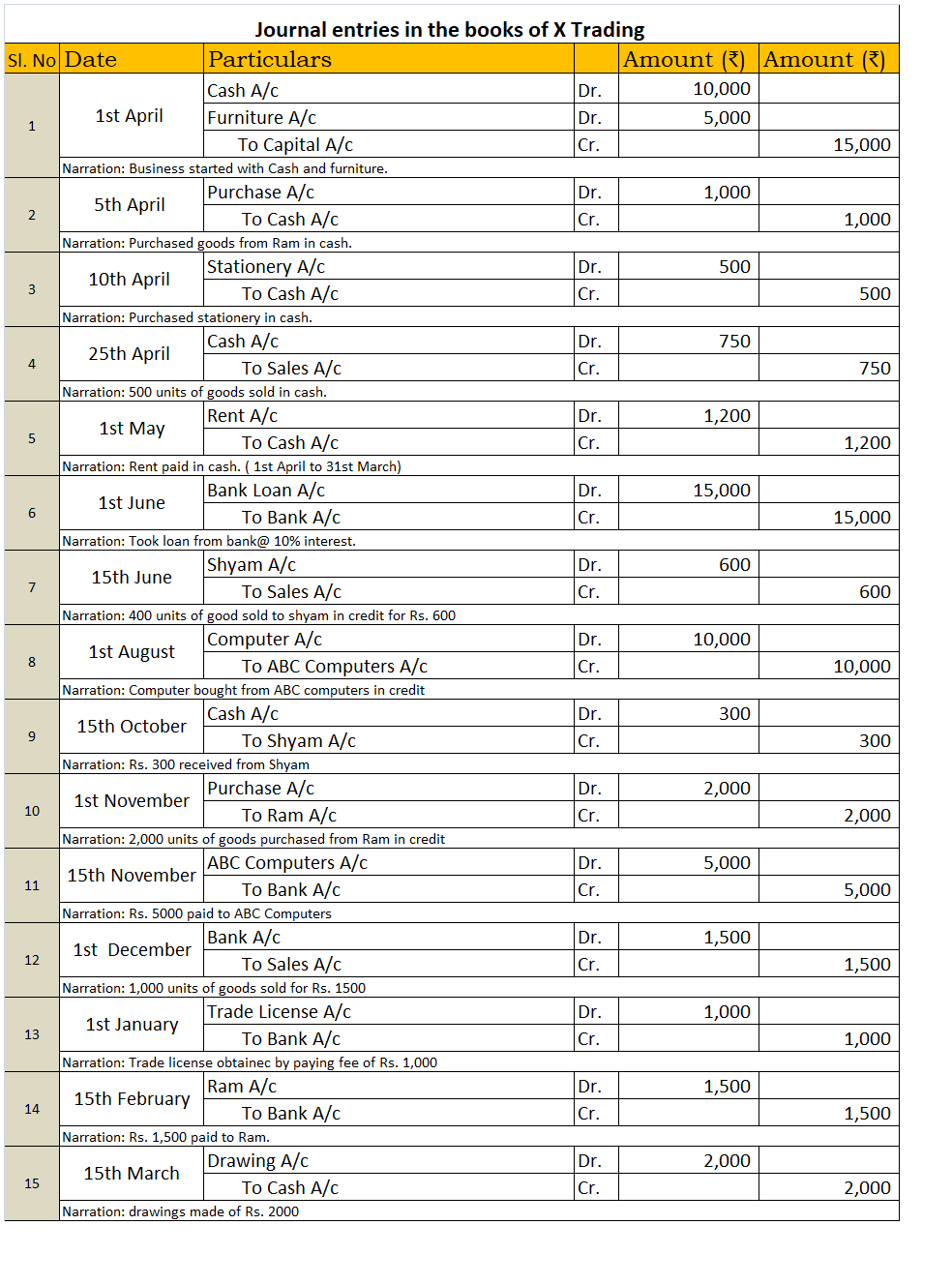
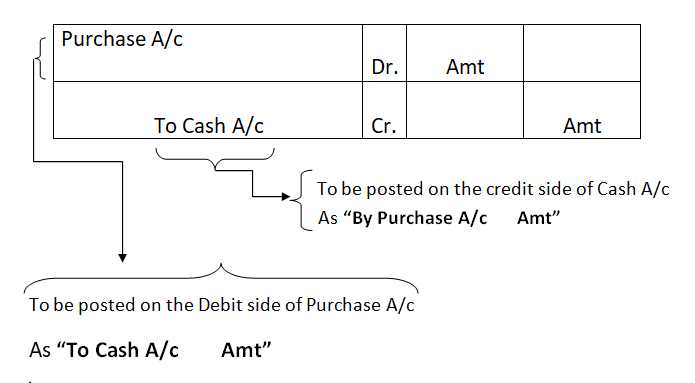
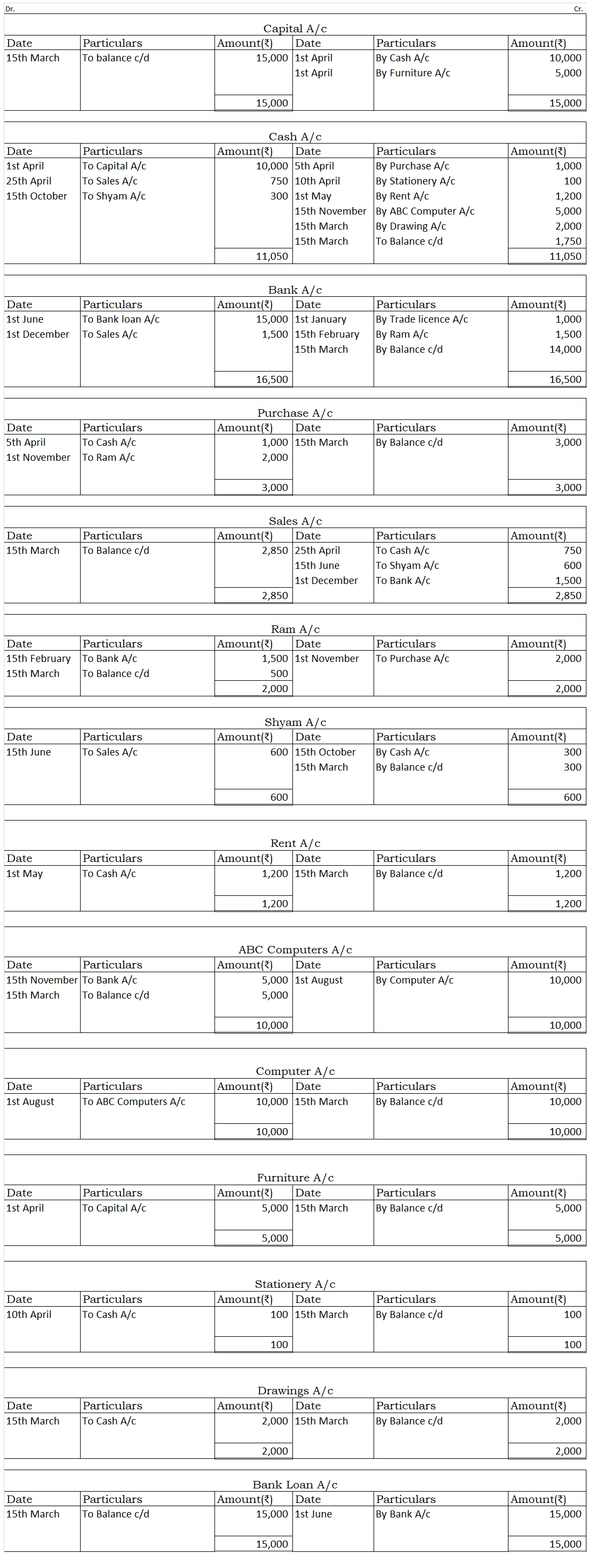
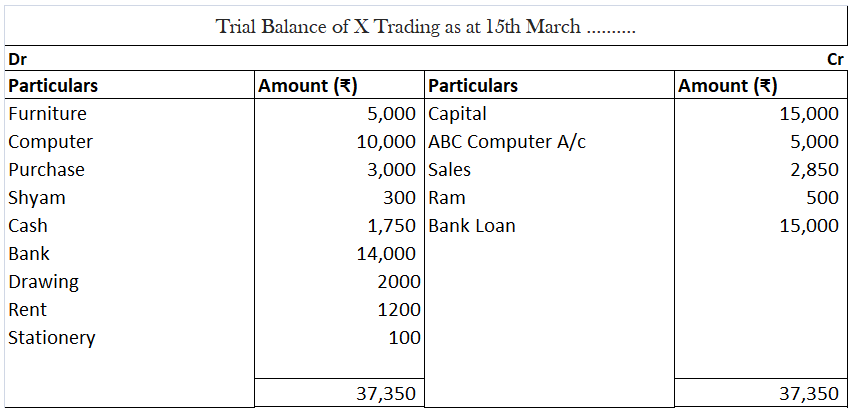
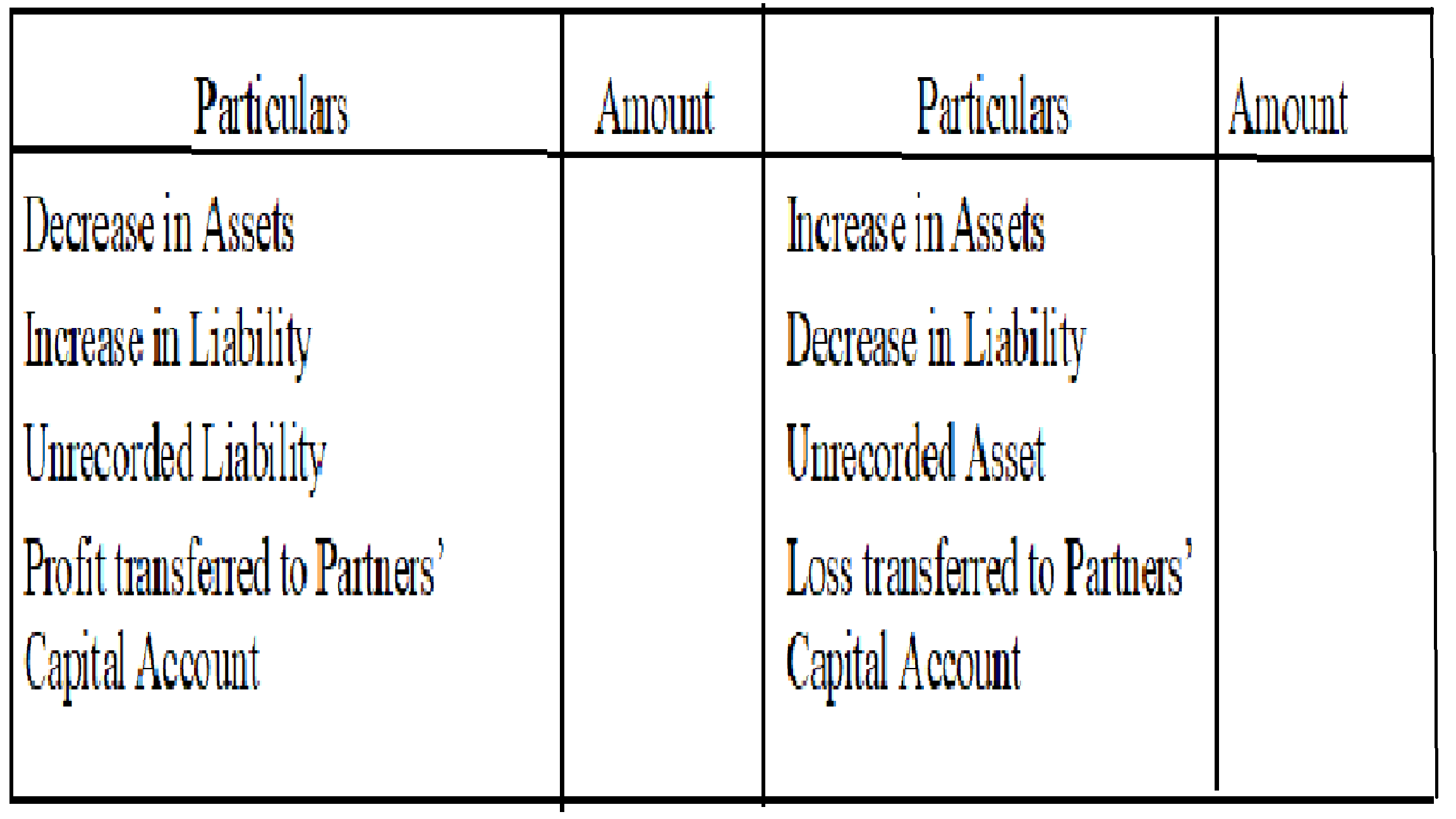
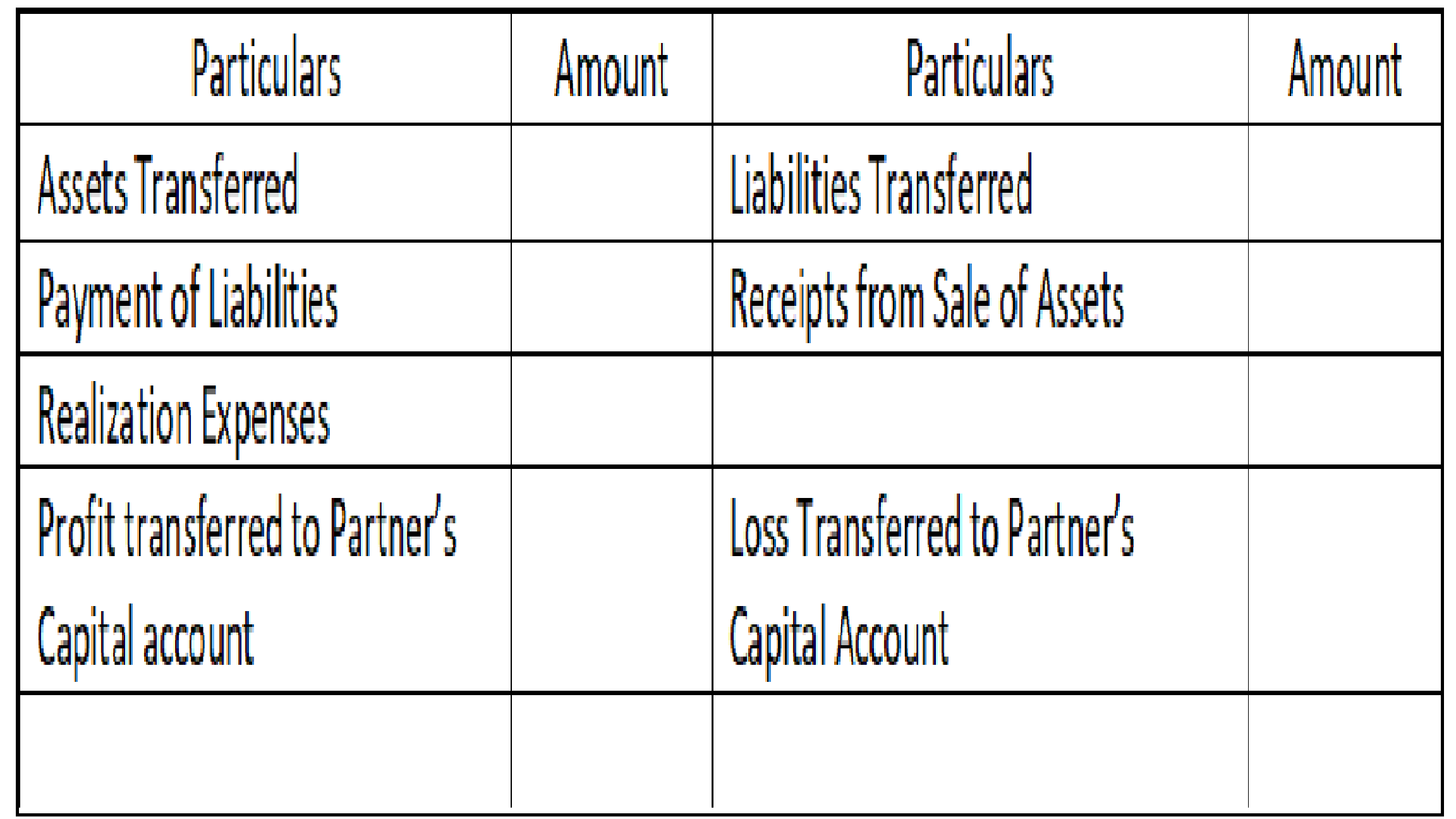
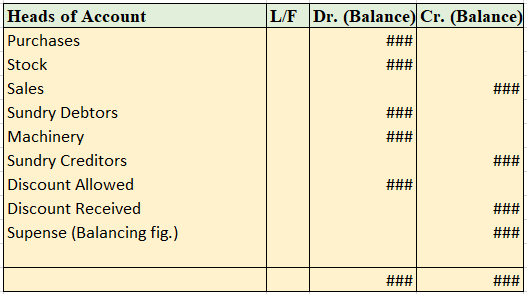
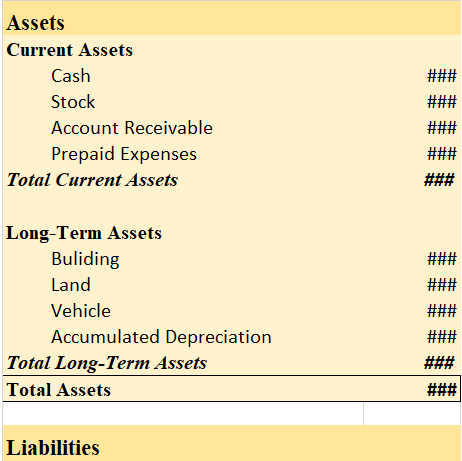
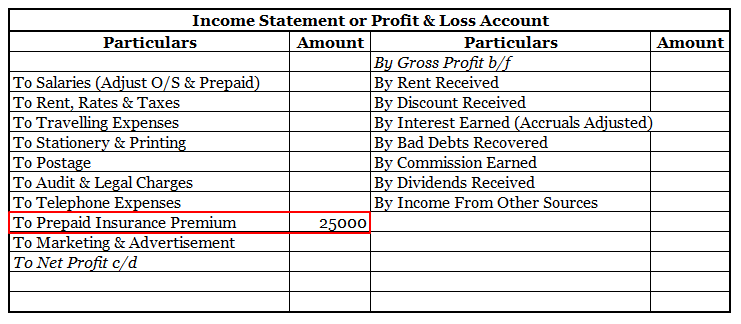

QUALITATIVE CHARACTERISTICS OF ACCOUNTING INFORMATION ARE AS FOLLOWS: 1. COMPARABILITY: Comparison of financial statements is one of the most frequently used and effective tools of financial analysis. It helps the users of accounting information to compare, analyze and take decisions accordingly. CoRead more
QUALITATIVE CHARACTERISTICS OF ACCOUNTING INFORMATION ARE AS FOLLOWS:
1. COMPARABILITY: Comparison of financial statements is one of the most frequently used and effective tools of financial analysis. It helps the users of accounting information to compare, analyze and take decisions accordingly. Comparability enables inter-firm and intra-firm comparisons. It helps to ascertain the growth and progress of the business over time and in comparison to other businesses.
For example, managers of ITC ltd want to know which business of his is performing well and which needs progress so they would compare the financial statement of its different businesses and make the decision accordingly.
2. RELEVANCE: It generally means that the essential information should be easily and readily available and any irrelevant information should be avoided. The user of accounting information needs relevant accounting information for a good decision-making process, planning, and predicting future circumstances.
For example, a firm is expected to provide the total amount owed by the debtors in the balance sheet, whereas the total number of debtors is not important.
3. UNDERSTANDIBILITY: The financial statement should be presented so that every user can interpret the information without any difficulty in a meaningful and appropriate manner. To be more precise it should be complete, concise, clear, and organized.
For example, mentioning note number in the financial statement for any items which needs disclosure. This helps the users of accounting to interpret the financial statement without any difficulty.
4. RELIABILITY: This means the accounting information must be free from material error and bias. All accounting information is verifiable and can be verified from the source documents basically, information should not be vague or false.
For example, any significant matters like amount due, damages, losses, etc. which impact the financial stability shall be mentioned as disclosure since it is useful for all the users of accounting to be aware of such facts and not to be misguided by incomplete information.

See less